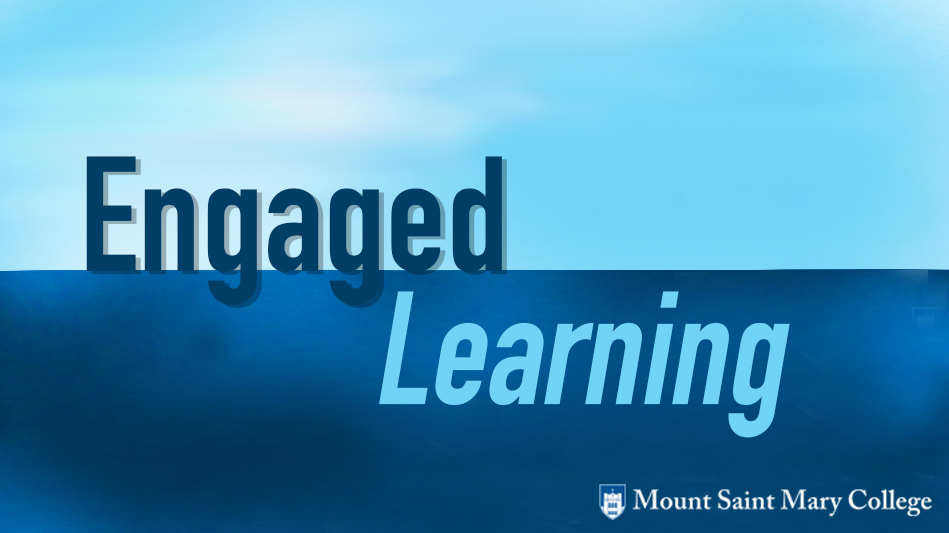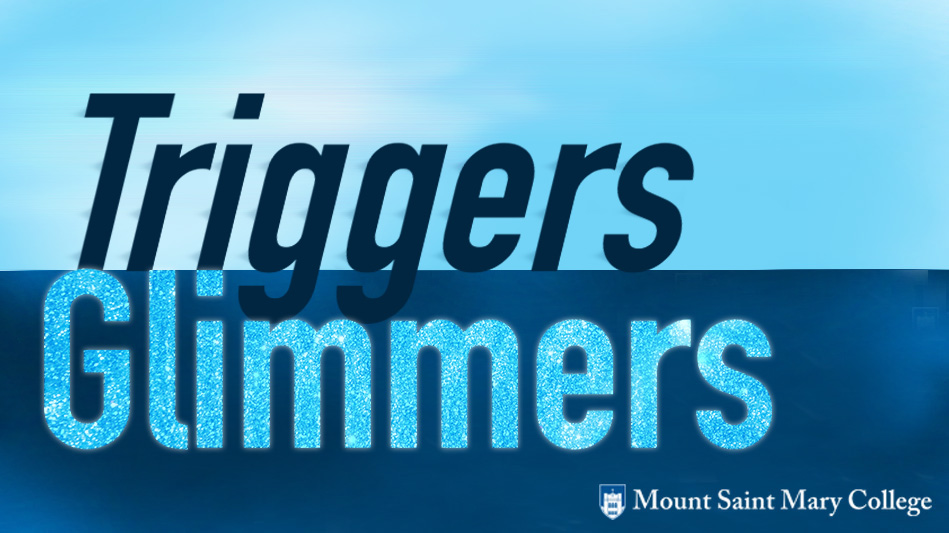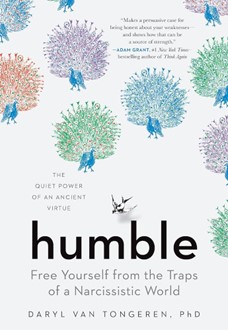by Benjamin A. Johnson, Ph.D., Utah Valley University
“New occasions teach new duties”
James Russell Lowell
In 2020, as we start a new decade, continuity appears to have taken a backseat to change. While change rapidly spreads through and disrupts such areas as health (including a viral pandemic), education, culture, economy, and technology, continuity offers stability, knowledge gained from the past on the human condition and peoples’ capacity to flourish. In this current climate of change, the expression, “new occasions teach new duties” resonates well (Lowell, 1890, p. 184) and appears to have a double meaning for our situation: not only do the events or “new occasions,” require us to “teach new duties,” but the “new occasions” can actually teach us “new duties.” As students navigate the many disruptions in our schools and communities, they urgently need professors who encourage metacognitive strategies to assess and enhance student motivation for engagement and learning.
It seems that student resistance and motivation not to engage is often driven by the motivation to maintain continuity, to stay in safe territory, to avoid anxiety. Students are often motivated to do what is familiar, such as engaging in surface approaches to learning: to memorize, recite, or do the minimum. As students advance through their majors, they may become more intrinsically motivated because they see the courses as relevant to their career goals. Even then, they can become overwhelmed at exams, and may have other priorities that push them towards continuity. On the other hand, effective teaching and engaged learning is all about change. Considering the current pandemic and the sudden transition to online and hybrid learning, faculty and students must be metacognitively aware as never before.
A 2-Step Framework for Change
Some students will not come prepared to class, will not engage at a high level with the assignments, and will not take owernship for their own learning. This can be extremely challenging for professors. Rather than staying frustrated, here is a two-step framework a professor could cultivate to enhance student strengths and encourage positive change:
Step 1: Become more broadly aware of student resistance behaviors, including types and contributing factors.
Step 2: Create self-assessment opportunities for students to become more self-aware of their own openness to change.
Step 1: Identifying Student Resistance to Change
The Forms of Student Resistance Matrix (Tolman & Kremling, 2017) below offers insight on how students may reveal their motives for resistance to learning. The matrix categorizes fundamental forms of resistance, each with different emotional foundations. It shows that students in the accommodation/anxiety (“Preserving Self”) column want continuity, education delivered in the way they find comfortable and familiar, while those in the anger/frustration (“Asserting Autonomy”) column seek change and validation.
Once we have identified types of student resistance, we can effectively focus our energy on helping students think metacognitively about their own learning needs and goals, and help them evaluate their own contributions to obstacles to their success (such as use of relatively ineffective learning strategies). As they better understand their own needs and challenges through self-assessment, they are more likely to decrease their resistance to learning.
Forms of Student Resistance Matrix
Adapted from Tolman & Kremling, 2017
|
|
Asserting Autonomy Pushing against external influence
|
Preserving Self Trying to accommodate to external influence
|
|
Active Resistance |
|
|
|
Passive Resistance |
|
|
Step 2: Student Self-Assessment—Helping Students Recognize Stages of Change
Helping students assess their own openess to adopting new behaviors is key to supporting their learning. Self-assessment helps them recognize that their own attitudes and choices shape their educational outcomes and that their learning is not simply a product of their professors’ work. One assessment tool that can help students self-assess and self-regulate is the TTM Learning Survey (Tolman & Kremling, 2017), based on Prochaska and DiClemente’s (1983) Transtheoretical Model (TTM). Most often utilized in clinical settings, TTM theory provides a useful model for understanding a person’s path towards adopting new behaviors. TTM readiness to change stages include precontemplation, contemplation, preparation, action, and maintenance.
Assigning the TTM-LS along with a Personal Learning Plan (PLP; a reflective follow-up exercise that asks the individual to identify how to improve and to plan for the semester) may help students work metacognitively to identify their readiness to change (Tolman & Kremling, 2017). Part of the PLP requires the student to evaluate their stage of readiness to change and then describe how they can move forward and overcome their own forms of resistance. I have observed that using these instruments two to three times during the semester improves student metacognition, as evidenced by student reflections.
Additionally, by working through these self-reflective activities, students become more intentional or mindful about their own motivation to change, providing them multiple opportunities to think through their own behavior and learning. Though students may advance or step up higher through the stages of change, they may also revert back to a previous stage. Professors should help them view this regression as developmental and invite them to persist.
Surveys and reflective assignments like the TTM-LS and PLP help students think more about why they might not be not willing to adopt new behaviors and help them acknowledge their own reluctance to change their learning strategies (Tolman & Kremling, 2017; Yanqun, 2019).
Using the Forms of Student Resistance matrix above (Tolman & Kremling, 2017), an actively resisting autonomous student (left column) may acknowledge in their PLP that when they become frustrated, they request the professor be available regularly to explain the rationale for assignments. On the other hand, an actively resisting preserving-self (or an anxious) student (right column) might respond with fear to conform to the expectations of the professor while arguing for a better grade. Self-assessment helps the student better understand their own motivations, fears, and goals, so they can then move forward more deliberately.
This focus on intentionality is a core aspect of genuine metacognitive thinking because it can help students accept their own role in learning—understanding that what they choose to do shapes how they learn and that the main responsibility for learning resides with them, not with the professor. Once students begin to recognize their patterns of resistence and strategies for overcoming this obstacle, they will take more ownership over their learning. Assessments like these help students to shift their education from something that is being forced on them externally (by parents, society, employers) to something that they can personally control (Perry, et al., 2019).
Asking Students to Think Metacognitively Requires Change
Due to changes in this pandemic year, we can also invite students to become more metacognitive about:
- technology use: their feelings toward new technology used for virtual or hybrid class settings and their level of mastery of that technology
- learning on their own (less interaction in the classroom) – what works and what doesn’t
- monitoring their own progress and anxieties in this dynamic environment
The more we support their metacognitive skills in these areas, the more willing they may be to intentionally make this shift. For example, as universities phase into more online learning, students who are motivated not to engage in new learning strategies may struggle to adapt. They may resist actively participating in online learning in its many forms. Professors can implement surveys such as the TTM-LS and a PLP to open the door to key conversations about students’ goals, what they hope to achieve from the class, and especially, how they might need to adapt to become successful in the new modality.
Learning in itself is a process of change, and as students use metacognition to accept rather than resist learning as an individual responsibility, their motivation can shift for the better. At its core, metacognition is about being open to seeing new possibilities and being willing to change (moving from the precontemplation to contemplation stage, for instance). As students practice self-assessment, they can accept the need for change and embrace “new duties.”
References
- Lowell, J. R. (1890). Poems. Riverside Press. (Original poem published 1844)
- Perry, J., Lundie, D., & Golder, G. (2019) Metacognition in schools: What does the literature suggest about the effectiveness of teaching metacognition in schools? Educational Review, 71(4), 483-500.
- Prochaska, J. O., & DiClemente, C.C. (1983). Stages and processes of self-change of smoking: toward an integrative model of change. Journal of Consulting and Clinical Psychology, 51(3), 390-395.
- Tolman, A. O., & Kremling, J. (2017). Why students resist learning: A practical model for understanding and helping students. Stylus.
- Yanqun, Z. (2019). The Significance and Instruction of Metacognition in Continuing Education. International Forum of Teaching & Studies 15(1), 29-37.





